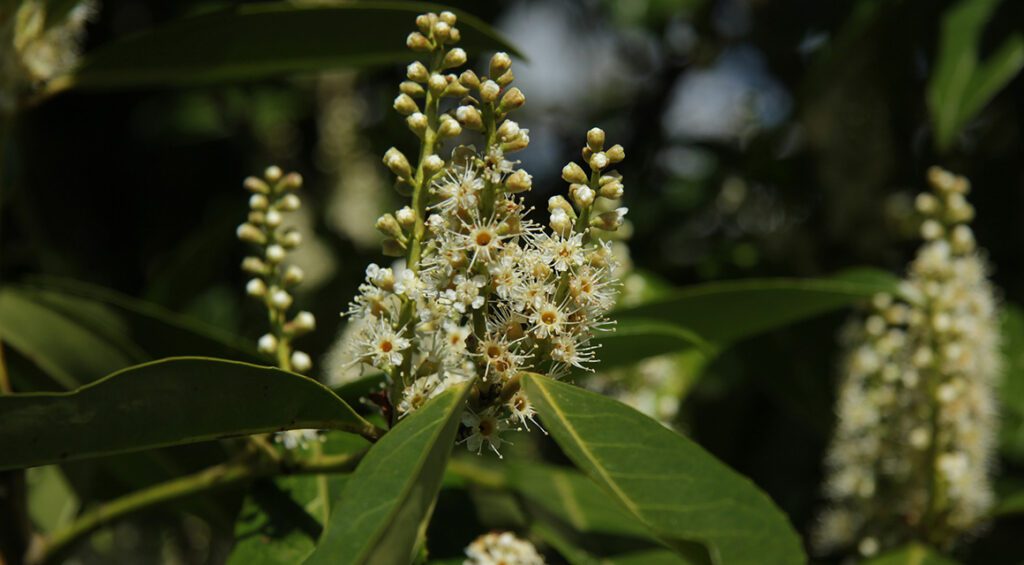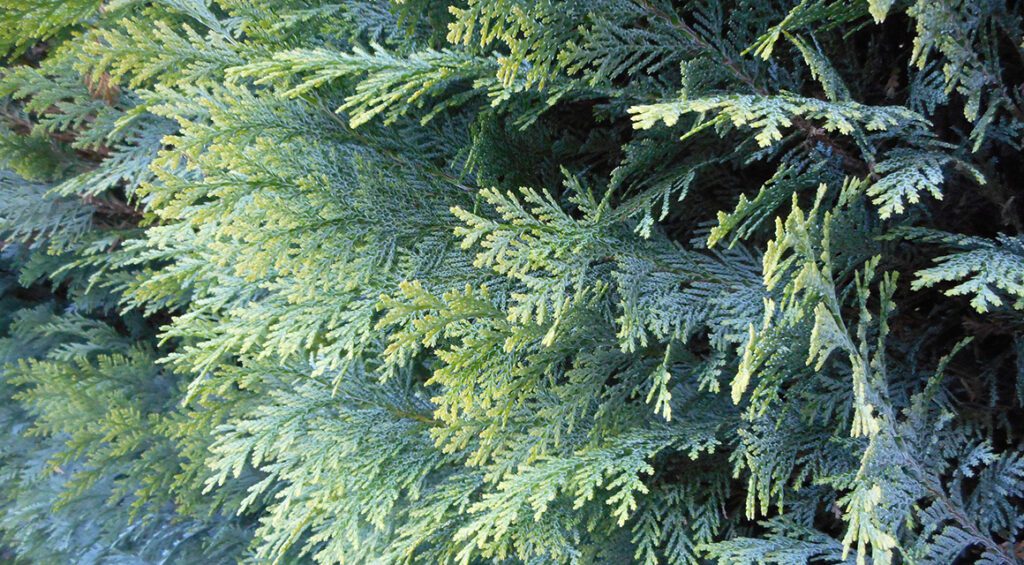Gardening is quite a wonderful hobby. There is nothing better to spend the first warm day of spring among the flowers and plants in the garden? However, this is not quite optimal, because pruning is best done in rainy weather. But why is it actually so?

Contents
Water is good for the plants
Everyone knows that plants need water to grow, but water not only contains nutrients for plants. Moist plants are also often more pliable than dry plants. This makes pruning much easier in two ways. The first point relates to the branches being easier to cut through when water has been drawn into the branches, softening them. The second point refers to the fact that there is less chance of frayed edges or cracks after pruning, which makes the plants recover better after pruning. However, there does not need to be a downpour for this to happen. A day with high humidity is also very good.
In addition, a rainy day is often also a cloudy day. This means that there is less direct sunlight shining on the plants. However, because plants need sunlight to grow, shade is always a great advantage when pruning plants back. This is because pruning brings new leaves to the surface that are not used to direct sunlight. So if the sun shines directly on the young leaves, then the leaves can burn or get brown spots, which doesn’t look very pretty. A cloudy, damp or rainy day is therefore ideal for trimming your hedge.
Also, make sure that pruning should not be done on a day when there is alternating rain and sun. The raindrops that then fall on the fresh, new leaves will then work like a magnifying glass when the sun shines again, increasing the power of the sun’s rays. Therefore, for gardening should be selected a day that is somewhat hazy and cloudy. This may be less pleasant for all-day gardening, but it is ultimately much better for your garden and for your plants.

When is the right moment for pruning?
Exactly when a plant should be pruned back varies depending on the plant variety. For most popular hedge plants, spring is the best time for the first pruning of the year, think here of the cherry laurel, yew, thuja or beech hedge. Between March and early June, these plants grow particularly quickly, which also allows them to recover more quickly after pruning. Pruning in the spring will keep your garden looking neat in the summer. In addition, it is often advised that the first pruning of the year should take place before the longest day of the year.
However, there are exceptions to this rule. For example, if you want to have a flowering privet hedge in your garden, then you should not cut it back so much at the beginning of spring, because this will cut out all the buds from the hedge. One solution then is to prune the hedge later. However, you can be extra careful when pruning, so that although the branches are cut out of the hedge, but without destroying the buds. In addition, with most flowering hedge plants it is advisable to also cut away the faded flowers in the summer, think here of the butterfly bush or hydrangea.
Do you want to rejuvenate your hedge plants and thus cut them back heavily? Then winter is the best time for rejuvenation pruning. Deciduous hedge plants are in the winter in the so-called winter dormancy, which allows them to cope much better with pruning, think here of the beech hedge, the hornbeam, the dogwood or the encroaching hawthorn. For evergreen hedge plants, the difference between summer and winter is less noticeable, because winter dormancy does not occur in these plants, think here of the cherry laurel or boxwood. It is therefore convenient to regularly cut these plants, so that radical pruning is not necessary.

Not all plants are cut resistant
Some plants are less hardy and should therefore be protected from winter temperatures so that they do not freeze to death. However, there are also plants that are less cut resistant.
The most obvious and popular examples of this are our scale conifers, think here of the thuja, mock cypress or Leyland cypress. These conifers are excellent to use as hedges because they are tall, hardy and opaque. However, they have old wood that can no longer sprout. This means they should definitely be pruned once a year, because deep pruning can create holes in the hedge that won’t grow back. While there are ways to fix small flaws in the hedge, if your conifer hedge has already grown way too large, it’s probably better to replace it with a new hedge.
This may sound a bit threatening, but conifers are otherwise quite low-maintenance hedge plants. Regular pruning consists of getting the electric hedge trimmer out of the garden shed 1-3 days a year to properly trim back the hedge, which shouldn’t take too much time. However, make sure that pruning should be done only on cloudy days!

